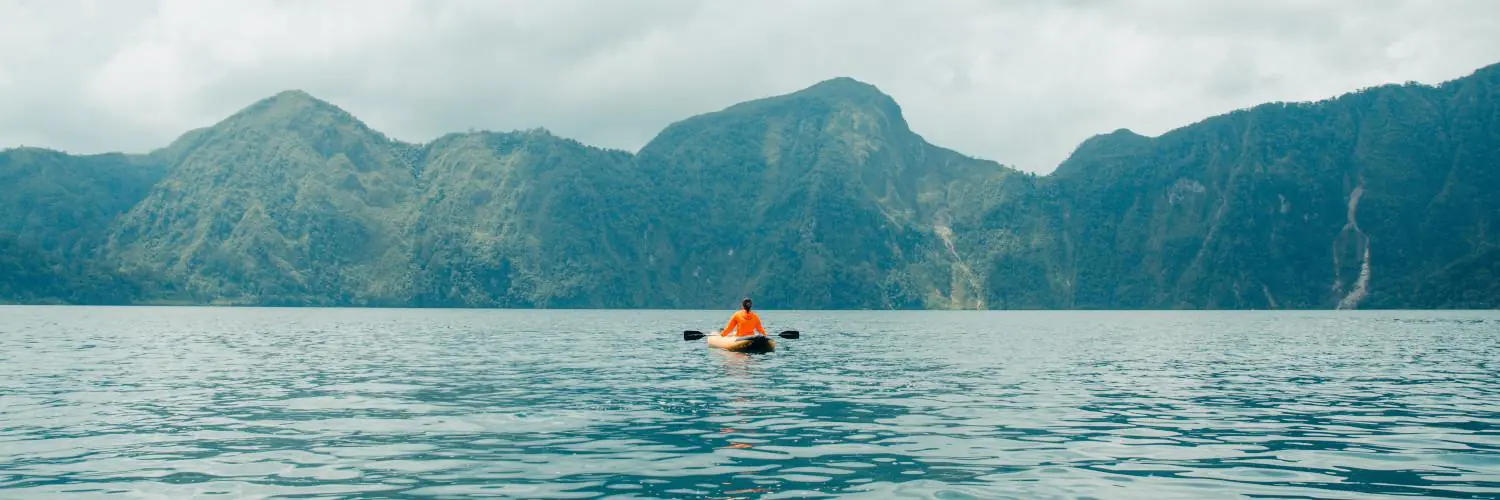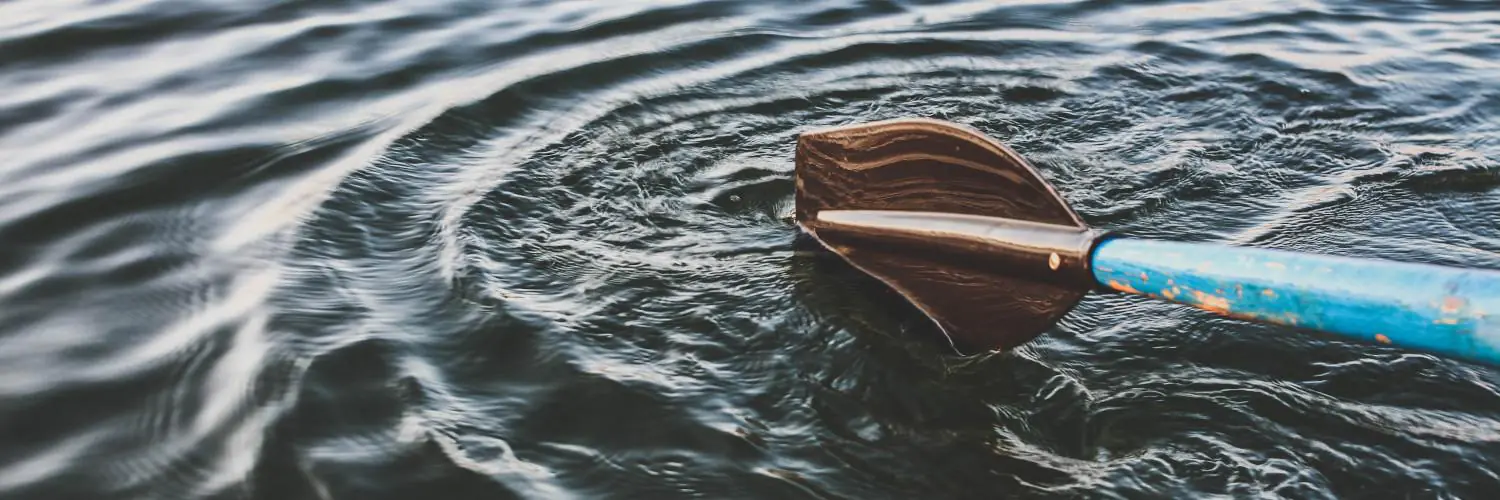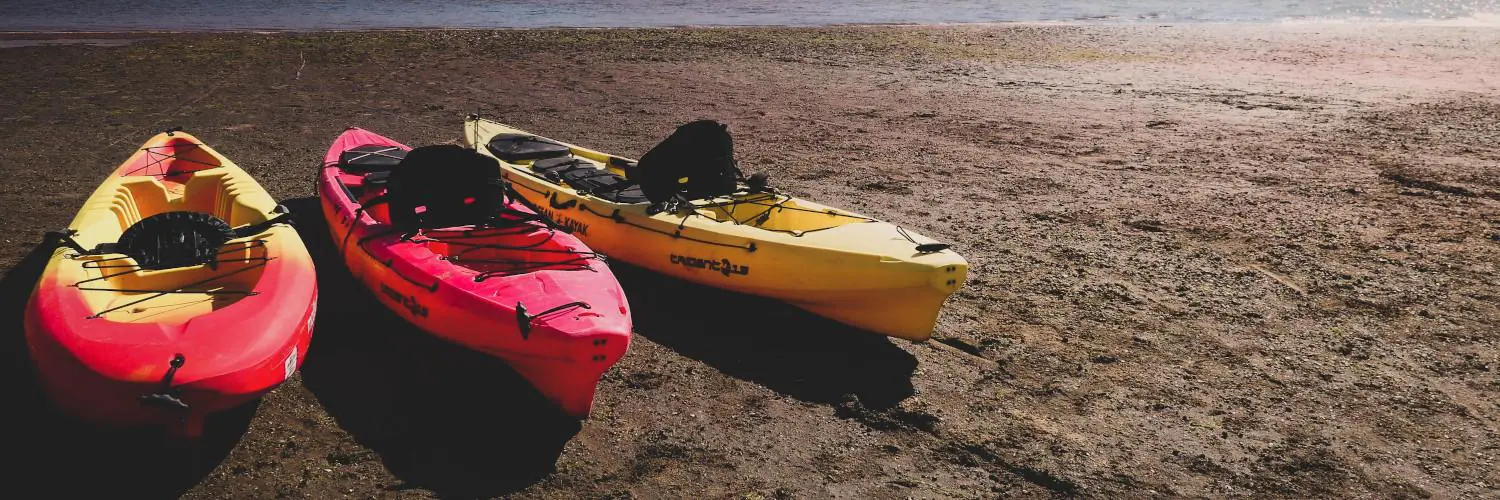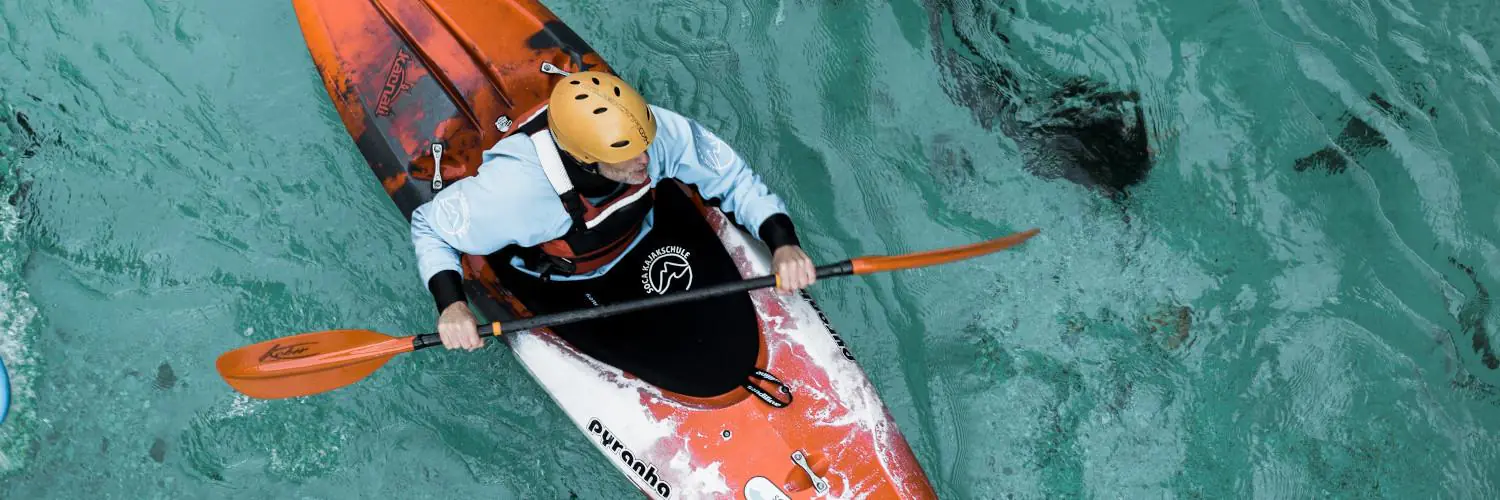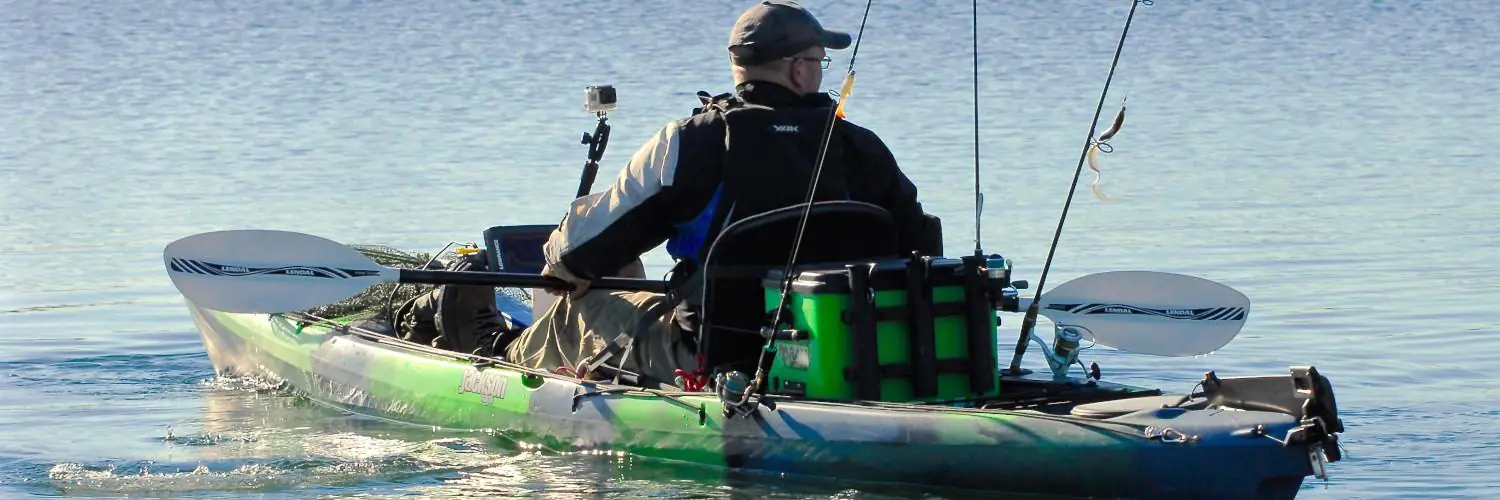The Great Dismal Swamp, a large wilderness area on the Virginia and North Carolina border, offers an exceptional experience for kayaking enthusiasts. The swamp encompasses over 112,000 acres of forested wetland that form a rich habitat for wildlife and a haven for paddlers in search of tranquility. At the heart of this natural refuge lies Lake Drummond, one of only two natural lakes in Virginia, presenting a unique opportunity for visitors to explore serene waters surrounded by lush forest.
Kayaking through the Dismal Swamp opens up a world of adventure and a chance to encounter the abundant flora and fauna up close. The swamp’s waterways, including the historic Dismal Swamp Canal, provide access points for kayakers of all skill levels. Rental services are available, offering canoes and kayaks to traverse these waters and discover the quiet beauty of the region.
Travelers paddling these ancient waterways are often treated to sights of diverse wildlife and an atmosphere steeped in history. The Great Dismal Swamp, with its extensive network of trails and waterways, has been a significant landmark throughout American history, offering a rare blend of natural discovery and historical intrigue that awaits every kayaker’s paddle dip.
Table of Contents
History of the Great Dismal Swamp
The Great Dismal Swamp’s history is intricately tied to figures such as George Washington and the extensive logging industry that exploited its resources. This region has seen activities from colonial times to the establishment of a national wildlife refuge.
George Washington’s Role
George Washington, recognizing both the challenges and potential benefits of the swamp, invested in the area in 1763. He formed the Dismal Swamp Land Company with an intention to drain the swamp for agricultural use. This venture marked one of the earliest attempts to modify the swamp’s landscape significantly. Washington also envisaged the Dismal Swamp Canal as a means to extract resources and facilitate transportation.
Logging Industry
The logging industry left a profound mark on the ecology of the Great Dismal Swamp. From the late 18th century, these operations intensively harvested the swamp’s vast stands of Atlantic White Cedar, an activity that continued into the 20th century. The removal of timber significantly reduced the swamp’s original expanse, reshaping the land into what is now the Great Dismal Swamp National Wildlife Refuge.
- Period of Intense Logging: Late 18th to 20th Century
- Primary Timber: Atlantic White Cedar
- Impact: Reduction of the original swamp size
These endeavors have forever altered the landscape, turning the once expansive and dense swamp into its present state. The transition from exploitation to conservation reflects the changing attitudes towards natural environments.
Geography and Biodiversity
The Great Dismal Swamp straddles southeastern Virginia and northeastern North Carolina, providing a rich ecosystem centered around Lake Drummond. Within its boundaries, the swamp fosters a remarkable range of wildlife and plant species.
Lake Drummond
Lake Drummond, situated in the heart of the Great Dismal Swamp in Virginia, is one of only two natural lakes in the state. This sizeable freshwater lake is approximately two and one-half miles wide and remarkably situated over 20 feet above sea level, contrasting with surrounding coastal plains.
- Location: Great Dismal Swamp, VA
- Size: Approx. 2.5 miles wide
- Elevation: Over 20 feet above sea level
Wildlife Diversity
The swamp is a haven for a diverse array of wildlife, notably hosting various bird species and deer. Birdwatchers can find a spectrum of both resident and migratory birds, while the white-tailed deer represent a significant portion of the mammalian population in the region.
- Bird Species: Resident and migratory
- Notable Mammals: White-tailed deer
Cypress Trees and Flora
Cypress trees are a defining feature of the swamp’s flora, with their distinctive growth above the water. The swamp is also home to a myriad of plant species that contribute to the area’s unique “jungle atmosphere,” providing critical habitats for the wildlife.
- Dominant Flora: Cypress trees
- Habitat Feature: Supports diverse plant species
Outdoor Activities
The Great Dismal Swamp National Wildlife Refuge offers an array of activities suited for outdoor enthusiasts. From the serene paddle through the swamp’s waterways to the invigorating trails crisscrossing the refuge, visitors are provided with a unique opportunity to connect with nature.
Kayaking and Canoeing
Visitors can embark on a journey across the vast waters of the Great Dismal Swamp by kayak or canoe. Lake Drummond, situated at the heart of the refuge, is a natural freshwater lake perfect for paddlers. The Lake Drummond via Dismal Swamp Canal Paddle Route is a popular course, offering scenic views of the surrounding wetlands.
- Access Points: Several launch sites provide access to Lake Drummond and the Dismal Swamp Canal.
- Rentals: Kayak Nature Tours cater to those needing equipment, offering guided excursions as well.
Hiking and Biking Trails
Trails for hiking and biking weave through the various habitats within the refuge, presenting chances to observe its diverse wildlife and plant life.
- Terrain: Mostly flat and well-marked paths, offering various levels of difficulty for all ages.
- Biking: The Dismal Swamp Canal Trail reflects part of the Atlantic Intracoastal Waterway, accommodating both bikers and hikers.
Fishing Opportunities
For fishing aficionados, the Great Dismal Swamp provides a tranquil and rewarding experience.
- Lake Drummond: Known for its excellent freshwater fishing, anglers can find species like pickerel, bullhead catfish, and crappie.
- Regulations: Adherence to state fishing regulations is required, and visitors should ensure they are properly licensed.
The refuge’s unique ecosystem allows nature lovers to enjoy these outdoor activities while respecting the delicate balance of this environment.
Visiting the Refuge
The Great Dismal Swamp National Wildlife Refuge provides a variety of opportunities for outdoor recreation and wildlife observation, making it a valuable resource for families and nature enthusiasts alike.
Interactive Experiences at the Welcome Center
The Welcome Center serves as the introductory point for visitors, offering interactive exhibits that showcase the area’s natural history and biodiversity. Through these exhibits, guests learn about the wildlife that inhabits the refuge, including rare bird species that are a significant draw for birdwatchers. Opening hours vary, so visitors should check in advance to plan their visit accordingly.
Recreation Areas and Family Activities
- Family-Friendly Trails:
- Wildlife enthusiasts can enjoy easy hiking trails suitable for all ages to experience the unique environment firsthand.
- Birdwatching Hotspots:
- Location: Designated areas within the refuge.
- Features: Rare and migratory bird sightings.
- Picnic Areas:
- Visitors can make use of picnic areas for family outings, offering a chance to relax amidst nature.
- Kayaking Adventures:
- Kayak Launch Points:
- At Ballahack Road for access to the Feeder Ditch Canal and Lake Drummond.
- Route Options:
- An eight-mile out-and-back route to Lake Drummond is available for paddlers seeking to explore the waterways.
- Kayak Launch Points:
By providing interactive learning at the Welcome Center and a range of recreational activities, the Great Dismal Swamp National Wildlife Refuge caters to both educational pursuits and family-centered outdoor experiences.
Seasonal Changes and What to Expect
The Great Dismal Swamp transforms with each season, offering distinct encounters with nature. Paddlers should prepare for the changes in wildlife activity and weather conditions throughout the year.
Spring Bird Migration
In spring, the swamp becomes a haven for birdwatchers. Warblers and woodpeckers are plentiful, and visitors are likely to witness the magnificent migration of the tundra swan. Prepare for a symphony of birdsong and bring binoculars for a closer look.
Summer Climate
The summer climate can turn the swamp into a warm and humid environment. Visitors should expect higher temperatures and be prepared with plenty of water and sun protection. Despite the heat, early mornings on the water can be remarkably serene and cooler.
Autumn Foliage
Autumn’s cooler temperatures bring a stunning display of color, as leaves turn vivid shades of yellow, orange, and red. The change in foliage not only provides a beautiful backdrop for kayakers but also signals the seasonal transition and preparation for the creatures within the swamp.
Winter Wildlife
Winter offers a stark contrast to the lushness of other seasons. While many expect a dormant swamp, some wildlife like the great blue heron can still be seen. Paddlers should dress warmly and be prepared for the quiet solitude that winter brings to the Great Dismal Swamp.
Practical Information for Travelers
Travelers planning a kayaking adventure to the Great Dismal Swamp should be well-informed about the timing of their visit, how to access the area, and available accommodation options. This section provides concise, key details to ensure a seamless experience.
Best Times to Visit
The Great Dismal Swamp is subject to the temperamental climate of Virginia. For kayaking, spring and fall offer the most comfortable weather, avoiding the sweltering heat and humidity of summer and the unpredictable cold of winter. Wildlife is most active and the foliage is breathtaking during these seasons.
Transportation and Accessibility
Visitors can reach the Great Dismal Swamp via car. The closest city is Norfolk, located approximately 45 miles northeast, while Elizabeth City is around 50 miles south of the refuge. The refuge itself is not directly accessible by car; the nearest paved road ends 3.5 miles from Lake Drummond. Here’s a concise travel guide:
- From Norfolk: An approximate 1-hour drive.
- From Elizabeth City: Roughly a 1-hour drive.
- Kayak Entry Points: Several, with the most popular being from the Dismal Swamp Canal.
Travelers should note that the final leg to Lake Drummond requires either kayaking or hiking.
Accommodation and Campsites
There are a few accommodation options for those staying overnight:
- Hotels: Available in nearby Norfolk and Elizabeth City.
- Campsites: Available within the refuge itself for a more rustic experience.
Note: Planning ahead is crucial as the number of campsites is limited and they are available on a first-come, first-served basis.
Conservation and Research
The Great Dismal Swamp National Wildlife Refuge is a critical hub for conservation and research, focusing on safeguarding native species, conducting various scientific studies, and implementing forest preservation efforts to maintain the ecological integrity of the area.
Protecting Native Species
At the heart of the wildlife refuge’s mission is the protection of its diverse native species. They monitor wildlife populations closely, aiming to create an environment where both flora and fauna can thrive without the threat of invasive species. Efforts to control non-native species are crucial in maintaining the natural balance and health of the ecosystem.
Research Facilities and Studies
Research at the refuge is ongoing and multifaceted, encompassing hydrological conditions and their impact on the surrounding nature. Scientists and researchers work within the refuge to gather data essential for understanding the complex dynamics of the swamp’s ecology. Such studies are a cornerstone for making informed decisions on managing the refuge and implementing conservation measures.
Key Studies Include:
- Hydrological Research: Monitoring water levels and quality, which is vital for ecosystem health.
- Wildlife Surveys: Tracking population trends of various animal species.
Forest Preservation Initiatives
Preservation of the swamp’s forest is a top priority, supported by both local and national initiatives aimed at preventing forest fires and promoting healthy growth. By managing the forest habitats carefully, the refuge reduces the risk of large-scale fires and ensures that the forest can continue to serve as a safe haven for wildlife.
Initiatives Include:
- Controlled Burns: Reducing excess vegetation that can fuel large fires.
- Forest Management: Protecting old-growth areas and supporting the growth of native species.
Traveler Insights and Reviews
In this section, readers will find authentic experiences and valuable advice from those who have navigated the waters of the Great Dismal Swamp by kayak.
Personal Travel Stories
Travelers often describe the Great Dismal Swamp National Wildlife Refuge as an enchanting place for a kayaking excursion. One recounts visiting on a beautiful fall day, emphasizing the solitude and natural beauty of the area. The journey to Lake Drummond, although a bit off the beaten path, rewards with scenic boardwalk hikes and expansive views. Visitors note the low traffic, often sighting only a handful of other vehicles during their adventure.
Frequent Visitor Recommendations
Visitor Tips:
- Transportation: Prepare for a trip that’s remote; the nearest paved road to Lake Drummond is 3.5 miles away.
- Wildlife: The refuge is home to a fascinating array of fauna and flora. Keep a respectful distance to protect both the wildlife and yourself.
Reviews:
- TripAdvisor members widely recommend the experience, generally providing positive feedback.
- Language barriers are not typically an issue, as most reviews and recommendations are available in English.
Transparency Report Information: To ensure transparency and trust:
- It’s important to note that reviews are subjective opinions of TripAdvisor members and not of TripAdvisor LLC.
- Insightful traveler ratings typically reflect the quality of the kayaking experience and are worth consulting before planning a trip.

